The Head of a Woman Looking Down to the Right
Aeneas flees burning Troy, Galleria Borghese, Rome
Il riposo durante la fuga in Egitto (Madonna delle ciliegie), Musei Vaticani, Città del Vaticano
Deposizione dalla croce, Cattedrale di San Lorenzo, Perugia
Nasceu em Urbino, Itália, e teve suas primeiras lições com o seu pai, Ambrogio Barocci, um escultor de importância local. Tornou-se mais tarde aprendiz de Battista Franco, em Urbino. O início de sua carreira em Roma teve como mentor Taddeo Zuccari e seu tio Bartolomeo Genga, e começou após uma jornada com este último até à cidade. Em Roma, trabalhou com Federico Zuccari várias vezes.
Após uma estadia de quatro anos em Roma, retornou à sua cidade nativa, onde o seu primeiro trabalho foi uma Santa Margarida, executada para a Confraternidade do Sagrado Sacramento. Foi convidado a retornar a Roma pelo Papa Pio IV, para assistir a decoração do Palácio Belvedere, no Vaticano, onde pintou a Virgem Maria e o infante, com vários santos a rodearem as personagem principais. Realizou também um fresco da Anunciação. Ficou doente e temeu ter sido envenenado por artistas rivais. Sempre reclamou de ter uma saúde frágil, mas permaneceu produtivo por quatro décadas ou mais.
Deixou Roma em 1563. Suas pinturas são vivas e brilhantes. Nunca mais retornou a Roma, e trabalhava principalmente em Urbino, na corte Ducal.
Apesar de não estar em Roma, continuou a ser inovador em seu estilo. Seus desenhos com pastel / giz são talvez as obras mais antigas nessa técnica, mesmo antes de Correggio. Tinha uma técnica e um processo especial para executar os altares, que incluía esboços de várias formas. Hoje, ainda existem mais de 2.000 desenhos feitos pelo artista. Um exemplo de sua técnica pode ser vista na Madonna del Popolo, um quadro de grande complexidade, originado pela grande variedade de poses, perspectivas, detalhes naturais, luz e efeitos atmosféricos. Existem vários esboços originais da Madonna del Popolo.
Madonna del popolo, Galleria degli Uffizi
Frederico Barocci, (dit Barocci ou Baroccio, ou encore Fiori da Urbino), en français le Baroche (Urbino, 1535 - Urbino, 1612) est un peintre italien maniériste du XVIe et du début du XVIIe siècle, l'un des précurseurs du baroque.
Federico Barocci est originaire d'une famille lombarde qui avait déjà produit plusieurs artistes distingués. Il se forme d'abord par l'étude des tableaux de Raphaël et du Titien, puis prend plus tard, Daniele da Volterra, les Vénitiens et Corrège pour modèles (Madone du peuple, 1574).
Appelé à Rome par Pie IV, il exécute pour ce pape plusieurs grands ouvrages de peinture au palais du Belvédère (Histoire de Moïse, 1563). Pendant son séjour à Rome, quelques peintres jaloux de ses succès, tentent de l'empoisonner, alors qu'il n'a que 32 ans. Les soins qu'il reçoit aussitôt l'arrachent à la mort, mais sa santé en sera profondément altérée pour le reste de ses jours. Il vit cependant encore longtemps et a pu produire d'autres chefs-d'œuvre. Il meurt à Urbino en 1612, à 84 ans.
La Madonna del Gatto, National Gallery, London
La Madonna del Gatto, detalhe
La Madonna del Gatto, detalhe
Head of Saint John the Evangelist, Private collection
Tête de Saint Joseph, Palais des Beaux-Arts, Lille, France
Barocci was born in Urbino in central Italy into a family of artists, who provided his early training: Battista Franco and Bartolomeo Genga, his uncle. Apart from two trips to Rome early in his career was based there all his life, painting numerous altarpieces there and in the surrounding towns.
Barocci acted as the linchpin that joined the great masters of the sixteenth century with the new art, from Carracci to Guido Reni, that was to emerge in the next century. Barocci trained in his native Urbino with its incredible artistic legacy. Around 1550 he visited Rome briefly to discover and study the work of Raphael, also a native of Urbino. He seems to have been particularly conscious of Raphael's contribution to his own style.
Barocci was also strongly influenced by the compositions of other painters: Daniele da Volterra, the Venetians, and specifically Italian painter Correggio who by his painterly approach, which de-emphasized the hard outlines of objects. From his earliest work he incorporated Correggio's sunny grace enriched with his personal and warm taste for Venetian colour. He moved beyond the linear style of his teacher Battista Franco around 1563, when he discovered Correggio's sfumato effects, which made the defining lines of forms appear to dissolve into delicately colored, smoky mists. His works consist mainly of religious paintings, which combine the influence of Correggio and Raphael in a highly individual and sensitive manner.
In 1560 he went again to Rome, to work on a ceiling fresco for Pope Pius IV's Casino in the Vatican gardens. Barocci's decorations for the Casino used Correggio's sfumato technique, and he became so celebrated that they established his reputation as an up-and-coming young painter. But in 1563, before he had finished the project, Barocci fell ill; he is said to have abandoned his frescos for fear that rivals were trying to poison him, and returned to Urbino for good, working only two hours a day due to constant pain. The hypersensitive temperament this suggests comes out in his work.
Ambrogio impone penitenza a Teodosio, Duomo, Milano
The Nativity, Museo del Prado, Madrid
Federico Barocci, Self-portrait, Residenzgalerie, Salzburg, Austria





















.jpg)
















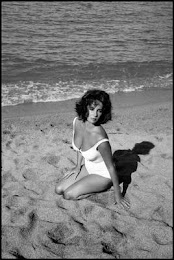

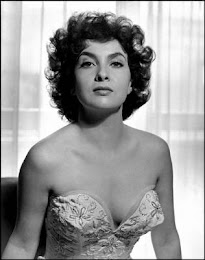

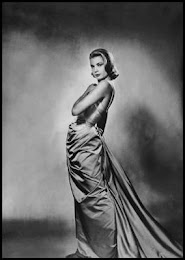



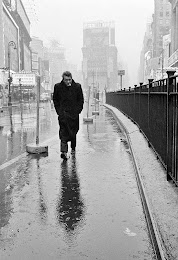
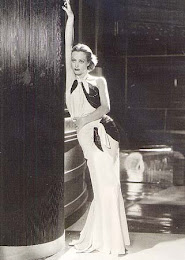
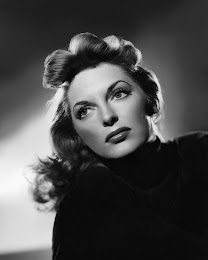









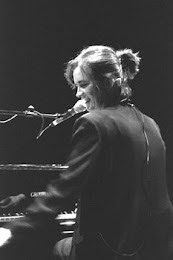




Nenhum comentário:
Postar um comentário